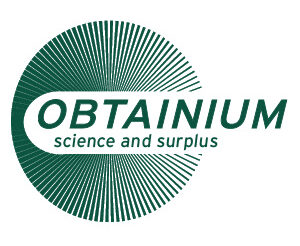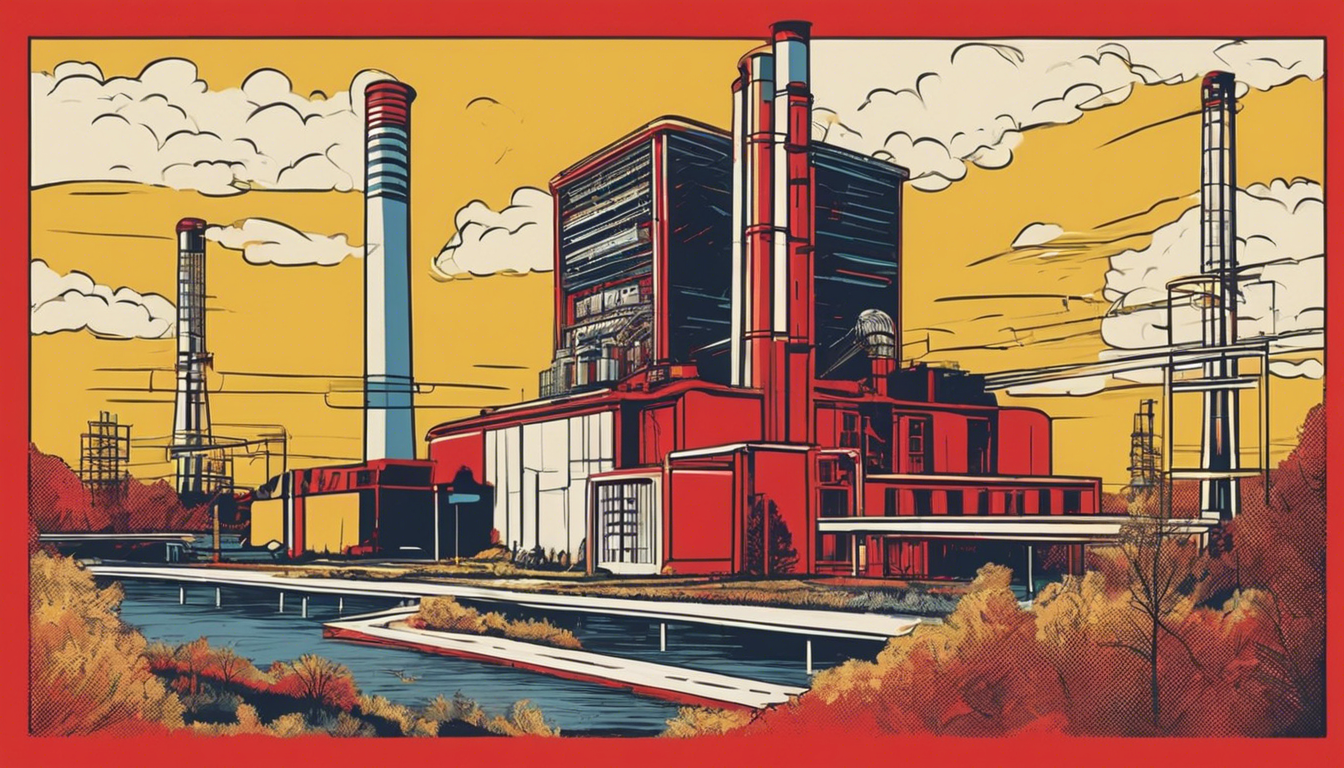As the world grapples with the urgent need for sustainable energy solutions, the potential restart of the Three Mile Island nuclear plant stands out as a beacon of hope. This landmark event could represent more than just a return to operations for a dormant facility; it may signal a crucial turning point in the broader narrative of nuclear energy and its role in an environmentally conscious future. With an increasing emphasis on carbon-free energy, particularly driven by influential technology companies, the revival of Three Mile Island takes on an added significance. This article explores the historical context of the Three Mile Island plant, the implications of its potential restart, and the pivotal role that tech companies play in reinvigorating the nuclear energy sector.
Key Takeaways
- The restart of Three Mile Island could mark a significant shift in the nuclear energy landscape.
- Large technology companies are influencing the demand for more sustainable and carbon-free energy sources.
- A renewed focus on nuclear energy aligns with environmental goals pursued by businesses.
The Historical Context of Three Mile Island
The Three Mile Island nuclear accident in 1979 serves as a significant historical context that shapes the current conversations around nuclear energy, especially as the plant prepares for a potential restart. This incident is often credited with heightening public skepticism toward nuclear power, leading to tighter regulations and a decline in new plant constructions. However, present-day discussions are shifting dramatically, particularly as large technology companies, which strive for carbon neutrality, begin to influence energy consumption patterns. With the world grappling with climate change and the urgent need for sustainable energy solutions, the restart of Three Mile Island is not merely a return to history but signals a burgeoning reliance on nuclear the power to complement renewable sources like wind and solar. As these tech giants advocate for greater energy efficiency and lower carbon footprints, the plant’s revival could reshape perceptions of nuclear energy from a risky venture to a viable, stable option for future energy needs. This potential pivot is emblematic of a larger trend where businesses align their operational strategies with environmental sustainability, suggesting that the lesson from Three Mile Island’s past could pave the way for nuclear power’s essential role in a carbon-free future.
The Role of Technology Companies in the Nuclear Renaissance
The convergence of technology and energy sectors is pivotal as society seeks innovative solutions to combat climate change. Major technology firms, such as Google, Amazon, and Microsoft, are investing heavily in renewable energy resources and striving for zero-carbon operations. Their commitment not only includes purchasing renewable energy certificates but also extends to directly powering their data centers and operations with sustainable energy. This thirst for clean energy presents a unique opportunity for nuclear power, potentially transforming it into a critical player in meeting this escalating demand. As such, the restart of the Three Mile Island nuclear plant could serve as a catalyst, showcasing nuclear energy’s potential to provide a reliable and consistent energy supply necessary to support the intermittent nature of renewable sources. Moreover, advancements in technology, including improved safety protocols and next-generation reactor designs, have started to reshape the nuclear industry’s image, allowing it to regain some credibility in both political and public dialogues.
About Obtainium Science and Surplus
Obtainium Science and Surplus has been a trusted source of surplus scientific and industrial equipment since 1999. Focusing on reliability and competitive pricing, Obtainium helps professionals and enthusiasts find unique and essential components. Visit Obtainium Science and Surplus to discover more.


